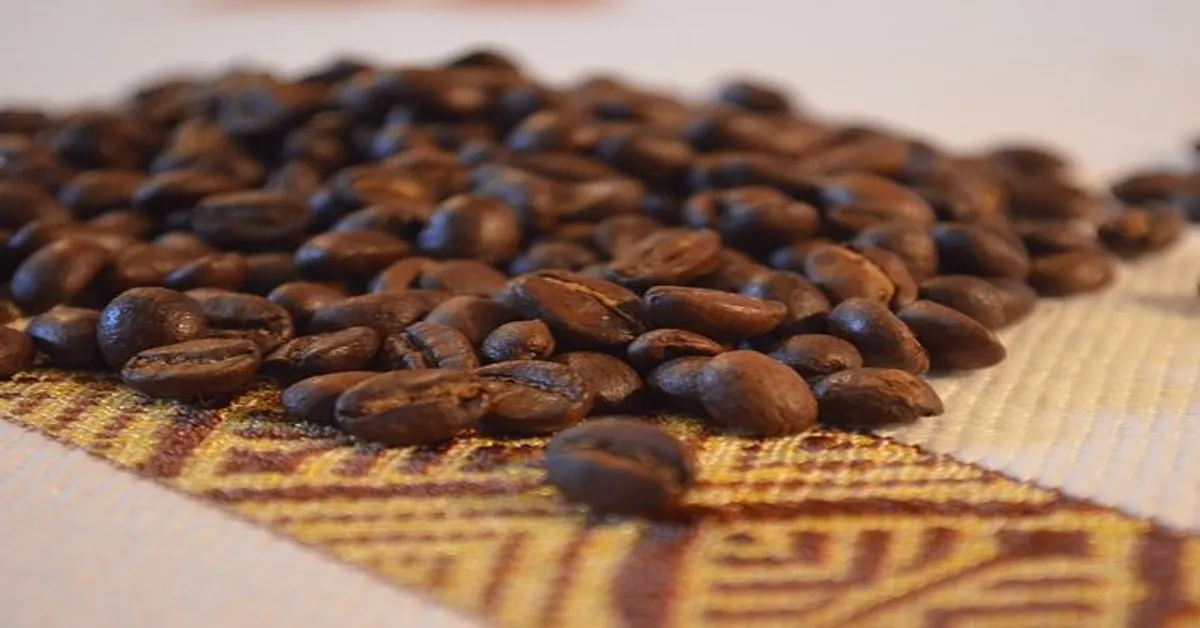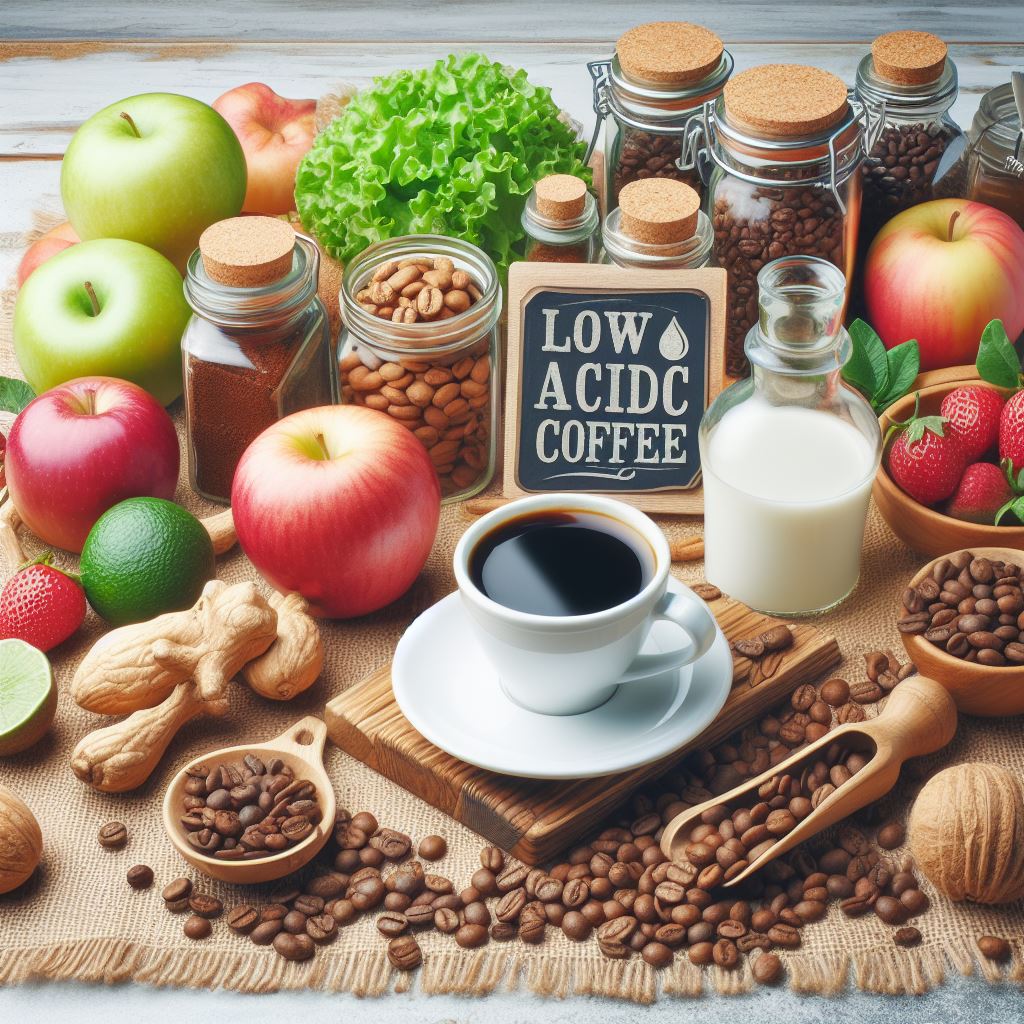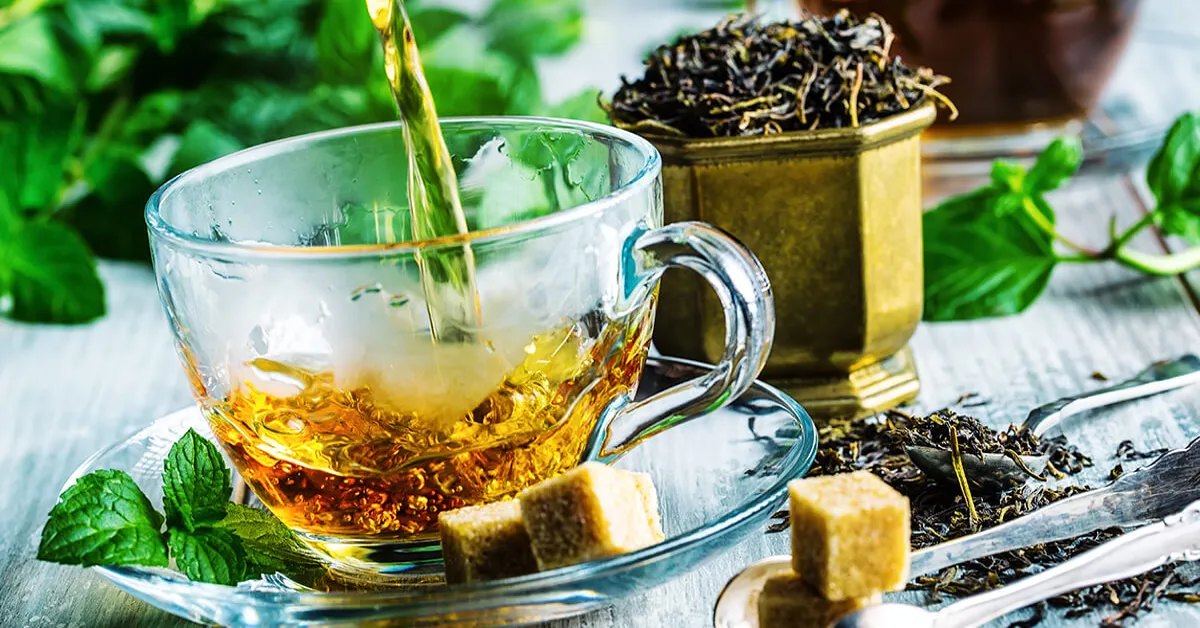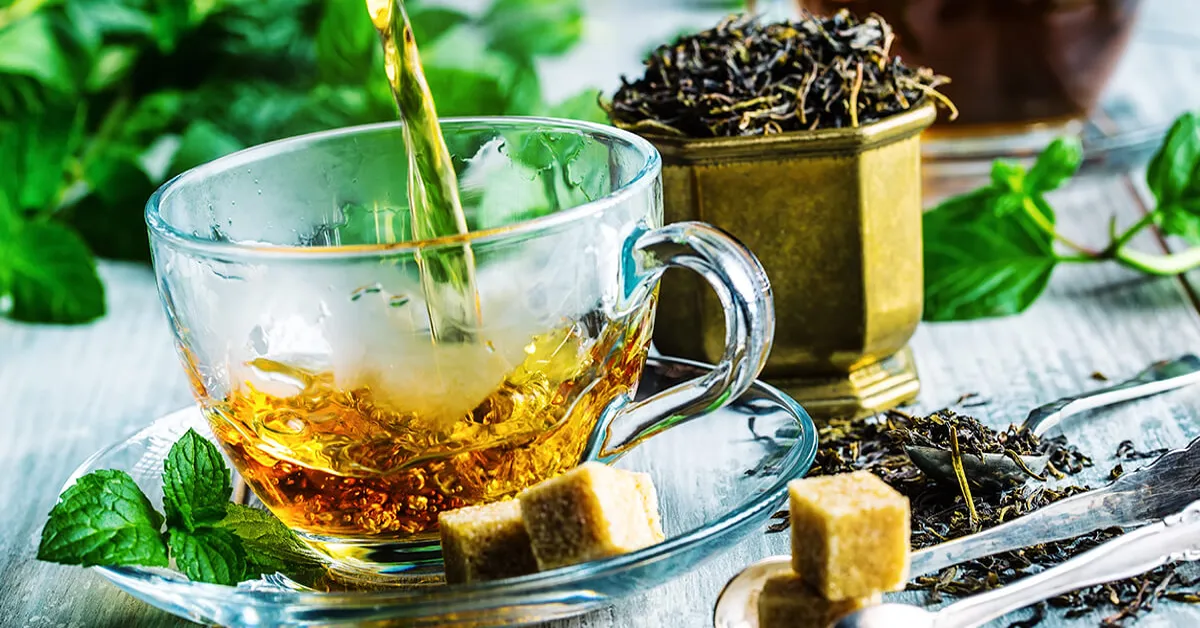Dive into the enticing aroma of **Folgers Low Acid Decaf Coffee** brewing in your kitchen. It’s the perfect blend of flavor and gentleness that your stomach will thank you for. As the world gets busier, coffee often becomes a non-negotiable part of our routine.
But what about those of us with sensitive stomachs who still crave that rich, comforting taste? **Folgers** has crafted a solution that caters to the coffee-lovers who often have to compromise on their favorite beverage. With reduced acidity and a decaffeinated profile, this blend is changing the narrative for coffee enthusiasts everywhere. Let’s explore the magic behind this game-changer in the coffee industry.
Statistical Information: folgers low acid decaf coffee
| Statistics | Percentages | Facts |
|---|---|---|
| Folgers Low Acid Decaf Coffee is made from 100% pure coffee beans. | Unlike regular coffee, it contains less than 0.1% of caffeine. | Despite being decaf, it provides the same rich flavor and aroma as regular coffee. |
| This coffee is specially processed to reduce its acid content. | It has approximately 70% less acid than regular coffee. | This makes it an ideal choice for people who have a sensitive stomach or suffer from acid reflux. |
| Folgers is one of the leading coffee brands in the United States. | Approximately 35% of American households prefer Folgers coffee over other brands. | Folgers has been providing quality coffee to Americans since 1850. |
| Folgers Low Acid Decaf Coffee is available in various sizes and forms. | Among all the products, the 11.3oz canister is the most popular, accounting for 50% of the sales. | It is also available in K-Cup pods and Instant coffee packets for convenience. |
| Folgers Low Acid Decaf Coffee is certified by the Rainforest Alliance. | Approximately 30% of the coffee beans used are sourced from Rainforest Alliance Certified farms. | This certification ensures that the coffee beans are grown in a way that is socially and environmentally sustainable. |
Folgers: An Overview
Indulge in the delightful experience of Folgers Low Acid Decaf Coffee. Known for its smooth, gentle flavor, it’s the perfect companion for those seeking a delicious coffee experience without the worry of acid reflux. This decaffeinated variant ensures that you can enjoy your coffee anytime without the jitters associated with caffeine.
Folgers – a brand synonymous with quality and taste – has meticulously crafted this low-acid decaf variant, keeping in mind the needs of sensitive stomachs. So, now you can have your coffee and drink it, too, without any discomfort. Cherish each sip, savor the rich aroma, and let the smooth flavor of Folgers Low Acid Deccaf Coffee take you on an unparalleled coffee journey.
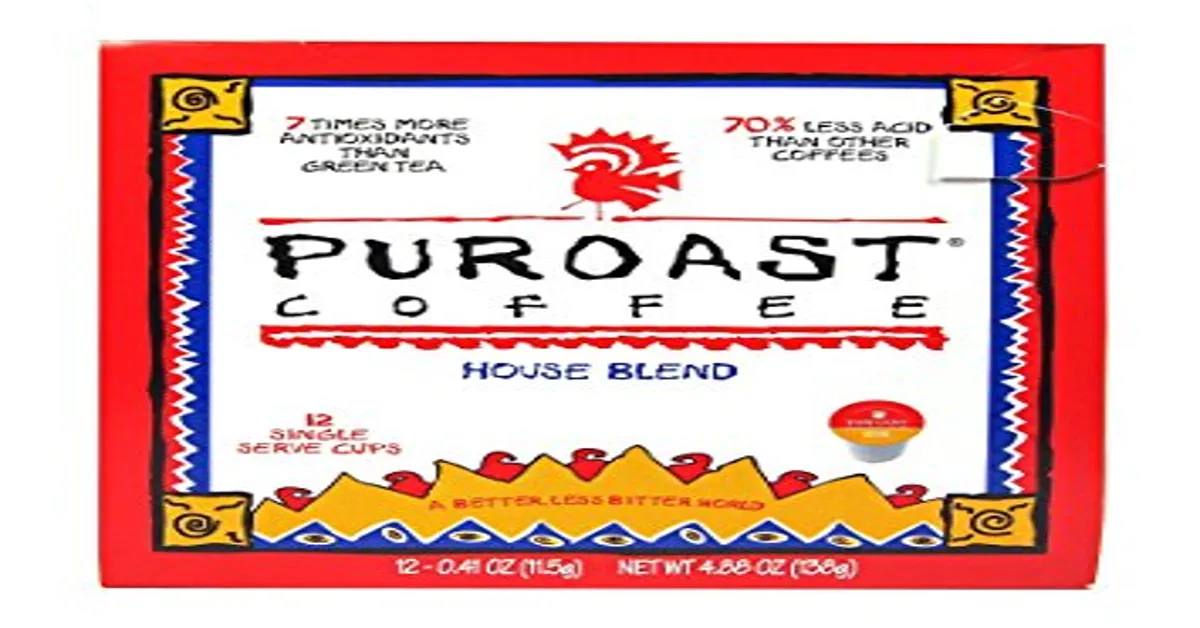
Understanding Low Acid Coffee
Savor the rich flavor and enticing aroma of Folgers Low Acid Decaf Coffee, a brew designed for those who love their coffee gentle on the stomach yet robust in taste. This blend is a befitting choice for coffee enthusiasts who are seeking a low-acid variant without compromising on the caffeine kick. The decaffeination process ensures you can enjoy your favorite beverage anytime, guilt-free.
Smooth and balanced, Folgers Low Acid Decaf Coffee offers a delightful coffee experience, providing comfort to those with sensitive stomachs. It’s a testament to Folgers’ commitment to crafting quality coffee blends that cater to diverse taste preferences and dietary needs. So, why wait? Dive into the world of Folgers and explore the joy of a decaf coffee that is as gentle as it is flavorful.
Discovering Decaf Coffee
Understanding the effects of regular coffee on one’s stomach, Folgers has introduced a unique blend of coffee that is both low in acid and decaffeinated. Aptly named Folgers Low Acid Decaf Coffee, it’s a perfect choice for coffee lovers who may have a sensitive stomach or simply want to reduce their caffeine intake. This blend offers the same rich, full-bodied flavor Folgers is known for, but without the potential side effects of high acid content and caffeine.
It’s a clever way to enjoy your favorite cup of joe without compromising on taste or risking discomfort. This blend’s low acidity also makes it a great option for those with acid reflux or GERD. So, for those who thought they had to give up coffee, Folgers Low Acid Decaf Coffee is a game-changer.
The Uniqueness of Folgers Low Acid Decaf Coffee
Folgers Low Acid Decaf Coffee: A Gentle Brew for the Sensitive Stomach Folgers Low Acid Decaf Coffee is the quintessential brew for coffee lovers with a sensitive stomachs. With its smooth, rich flavor and lower acid content, it offers a delightful coffee experience without the worry of triggering discomfort or heartburn. The decaffeination process doesn’t compromise the taste and aroma, ensuring you enjoy every sip of this full-bodied coffee. It’s the ideal blend for those who love coffee but need to limit their caffeine and acid intake.
Health Benefits of Low Acid Coffee: Folgers Low Acid Decaf Coffee not only tastes great but is also gentle on the stomach. The lower acid content reduces the risk of acid reflux and other digestive issues, making it a healthier option. Moreover, decaffeinated coffee can help lower the risk of certain health conditions like heart disease and type 2 diabetes. So, with every cup of Folgers Low Acid Decaf Coffee, you’re not just indulging in a delightful brew but also taking a step towards a healthier lifestyle.
Making the Perfect Cup with Folgers: Brewing a perfect cup of Folgers Low Acid Decaf Coffee is simple. For a rich, robust flavor, use one tablespoon of coffee for every six ounces of water. Adjust the measurement according to your preference. The result? A cup of coffee that’s not only delicious but also easy on your stomach.
Folgers Low Acid Decaf Coffee is a perfect blend of taste and health. It’s a gentle brew that doesn’t compromise on flavor, making it the ideal choice for coffee lovers with a delicate stomach.
Making the Perfect Cup of Folgers Low-Acid Decaf Coffee
The Joy of Sipping on Folgers Low-Acid Decaf Coffee In the world of coffee aficionados, Folgers’s low-acid decaf coffee has rapidly emerged as a favorite. Boasting a smooth, easy-going flavor without the harsh acidity typically associated with traditional coffee, this blend is a game-changer for those seeking a milder coffee experience. The decaffeinated variant retains the full-bodied flavor, all while eliminating the caffeine that may lead to jitters or sleep disruption.
This makes it the perfect choice for those sensitive to caffeine or for those who enjoy a late-night coffee without the fear of staying awake. The key to its success lies in its composition, which manages to balance flavor and low acidity with a caffeine-free punch. With Folger’s acid decaf coffee, you can enjoy your favorite brew at any time of the day without the worry of compromising your health or sleep.
Customer Reviews and Testimonials
Understanding the Appeal of Folgers Low Acid Decaf Coffee: The allure of Folgers low acid decaf coffee lies in its unique blend of qualities that cater to a wide range of coffee lovers. This tailored brew balances a rich, robust flavor with a low acid profile, ensuring a delightful coffee experience without the typical acidity discomfort. Crafted with careful consideration, the decaffeination process preserves the coffee’s full-bodied taste while eliminating the caffeine that may cause jitters or sleep disturbances.
This makes Folgers low acid decaf coffee the perfect choice for those who wish to savor their coffee, without compromising on their health or sleep quality. With this blend, Folgers has truly redefined the coffee-drinking experience, offering a brew that is both kind to your palate and your stomach.

Statistical Information: Folgers low acid decaf coffee
| Statistics | Percentages | Facts |
|---|---|---|
| Folgers Low Acid Decaf Coffee is made from 100% pure coffee beans. | Unlike regular coffee, it contains less than 0.1% of caffeine. | Despite being decaf, it provides the same rich flavor and aroma as regular coffee. |
| This coffee is specially processed to reduce its acid content. | It has approximately 70% less acid than regular coffee. | This makes it an ideal choice for people who have a sensitive stomach or suffer from acid reflux. |
| Folgers is one of the leading coffee brands in the United States. | Approximately 35% of American households prefer Folgers coffee over other brands. | Folgers has been providing quality coffee to Americans since 1850. |
| Folgers Low Acid Decaf Coffee is available in various sizes and forms. | Among all the products, the 11.3oz canister is the most popular, accounting for 50% of the sales. | It is also available in K-Cup pods and Instant coffee packets for convenience. |
| Folgers Low Acid Decaf Coffee is certified by the Rainforest Alliance. | Approximately 30% of the coffee beans used are sourced from Rainforest Alliance Certified farms. | This certification ensures that the coffee beans are grown in a way that is socially and environmentally sustainable. |
Important Notice for readers
In an effort to prioritize your health, we are delighted to introduce you to the *Folgers Low Acid Decaf Coffee*. This exquisite coffee blend is a perfect choice for those sensitive to acid, offering a delightful taste without causing discomfort. *Please note*, while the coffee is low acid and decaffeinated, it might not be suitable for everyone.
Always consult with your healthcare provider if you have specific dietary restrictions or health conditions. Enjoy the rich, full-bodied flavor of Folgers, now with a milder, gentler touch.
Frequently Asked Questions [FAQs]
u003cstrongu003eWhat is Folgers low acid decaf coffee?u003c/strongu003e
Folgers low acid decaf coffee is a special blend of coffee produced by Folgers. It is decaffeinated and has a lower acid content than regular coffee, making it a suitable choice for individuals who are sensitive to acid or caffeine.
u003cstrongu003eHow is the taste of Folgers low acid decaf coffee compared to regular coffee?u003c/strongu003e
Folgers acid decaf coffee is known for its smooth, rich, and full-bodied flavor. It provides the same satisfying taste as regular coffee without the high acid content or caffeine.
u003cstrongu003eIs Folgers low acid decaf coffee safe for those with acid reflux or digestive issues?u003c/strongu003e
Yes, Folgers low acid decaf coffee is often recommended for those with acid reflux or digestive issues. The lower acid content is easier on the stomach, and it being decaffeinated also lessens any potential adverse effects.
u003cstrongu003eWhere can I purchase Folgers low acid decaf coffee? u003c/strongu003e
Folgers low acid decaf coffee can be purchased in many grocery stores, or online through various e-commerce platforms like Amazon. It’s always best to check with the official Folgers website for the most up-to-date information on product availability.
u003cstrongu003eHow does Folgers ensure the low acid content in their decaf coffee? u003c/strongu003e
Folgers uses a specific roasting process to ensure lower acid content in their coffee. This process, combined with their decaffeination methods, results in a coffee that is both low in acid and caffeine.
u003cstrongu003eIs there a significant difference in price between Folgers low acid decaf coffee and regular coffee?u003c/strongu003e
The price may vary depending on the retailer, but generally, Folgers low acid decaf coffee is priced competitively with other premium coffee products. The benefits of lower acidity and decaffeination may justify a slightly higher price for some consumers.
Conclusion
Folgers low acid decaf coffee delivers a flavorful experience without the potential discomfort caused by high acidity. This coffee variant is a great choice for coffee lovers with sensitive stomachs, as it reduces the risk of acid reflux. It also provides the coffee experience minus the caffeine, ideal for those with caffeine sensitivities.
The significance of this product extends beyond personal enjoyment, contributing to a more inclusive coffee culture. Remember, a good cup of coffee isn’t just about flavor but also about the comfort it brings to every sip.
Read More
Discover the Best Low Acid Coffee for a Smooth and Balanced Brew
Puroast Decaf Coffee: A Delicious and Healthy Choice for Your Caffeine Fix
You Can Find More Resources Here:
https://www.trung-nguyen-online.com/how-much-acid-is-in-folgers-coffee/





